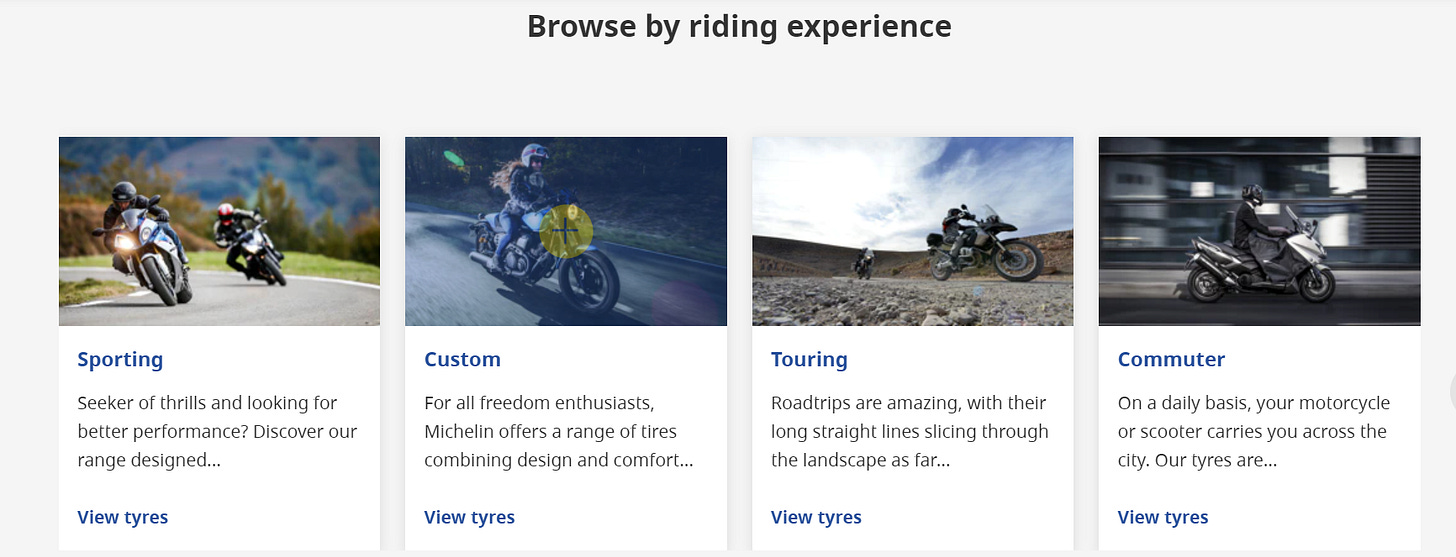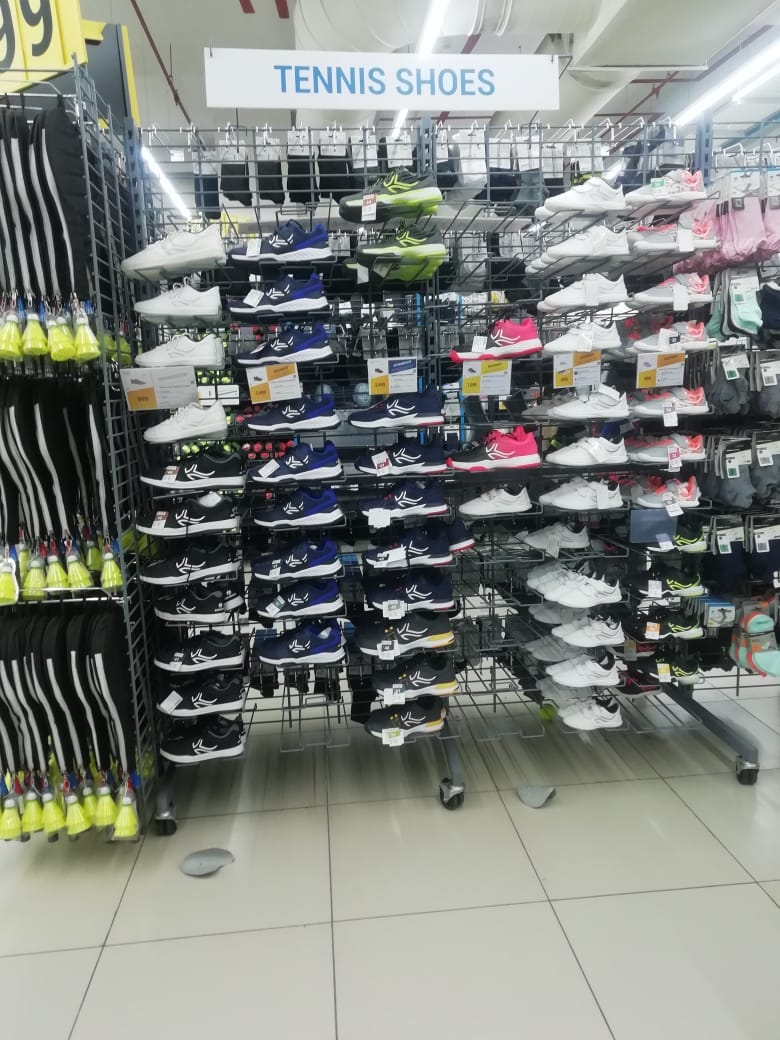#Post-9 : How to define product category and hierarchy - quantitative and qualitative analysis
Welcome to “Thinking category”. I would suggest you to browse few posts before you read this post for some context:
Summary:
When you start any retail store or ecommerce store, few initial steps in planning process-
You will do some research on different kind of products available in the market.
Identify category gaps - unmet needs of customers through survey, interviews, observations
Develop your business plan
and Define product categories
Identify suppliers, manufactures for your product categories
This week, we will define how to define hierarchies, product categories. This seems like a very simple and intuitive process and it is, but it may get complicated if you are introducing a new product in the market. Otherwise, I believe this might be the cakewalk for a category manger.
For example - When P&G first introduced Tide in the market, they couldn’t keep it in traditional soap category. Tide was a new experience for the consumers. So P&G has developed a new category called Detergent and since then many products were introduced under “Detergent” category. I can imagine a scene where retail manager first time putting Tide along with other cleaning supplies.
Now, lets see today where you can find Detergent in an ecommerce store:
From Amazon store
Another example, very recent, would be wearable technology.
Imagine a store, you walk in and looking for toothbrush. It’s a very small item, its difficult to locate in such a big store. But you know that this is a personal care item so should be among shampoo, shaving cream etc. But imagine it’s not there. It is somewhere close to paper supplies. How frustrating would that be.
So you see defining product categories can bring sense into otherwise chaotic group of products.
Disney sell ~40000 SKUs. if it doesn’t define categories properly, customers will be left with a sense of confusion.
Category definition is about grouping similar items / correlated products that meet similar need of the customer. It is about displaying similar items together in store with some sense of structure.
This is also about thinking along the line of substitution. For example, you can keep sugar and jaggery in the same group. These two are substitutes to each other. There are multiple ways to group - You can add Jaggery in Health product. If you add jaggery under health products, do you think the sales may go up? It might. Health conscious shopper might forget buying Jaggery if you keep in grocery isles, while she is looking out for healthy products. These are the calculations that category manager does to identify the product belong to what category.
Category managers divide the products into the categories and sub-categories: Like Consumer electronic might be a broader category, and TV could be a subcategory under consumer electronics category. Under TV, you can divide it further using brand, or size, price etc.
The process to define category:
Now we have established we need some order, we need a proper hierarchical structure for the products that we sell in our store, now lets look at how we can do that:
The golden rule is :
Surprise, surprise! Customer preference and their shopping behavior. In the previous post, we have created shopper profiles.
As a category manager, you need to understand different shopper’s profile so that you can serve the needs of a particular shopper better.
This is the key to define a category.
Think of all the ways you can group products
Which category structure is closer to the way shopper would think
For some inspiration, let me take you to few websites:
This is the most organized way of defining product categories I have seen. You can buy Tyres by riding experience as well!
So I believe Michelin has thought of all the ways a customer would buy Tyres. This is about knowing your customers as well as making their life easier if there are multiple choices and that is confusing.
Now let’s go to Titan:
Valentine Day is coming so they know that by creating a category - V-day gifting, they can attract more customers who would like to buy Titan for their loved ones.
Now lets go to Tanishq
Most of the Indian consumers buy gold as per the occasion - Like engagement (mainly ring), wedding, Diwali shopping etc.
For wedding, you might buy traditional styles rather than some funky jewelry.
Lets say you are buying earrings for your wedding. you might not prefer these styles. Hence, while buying earrings, if you see only one category - Earrings and these patterns, you might take time to get to the right purchase. You have to filter further. What if under wedding category, you get all what you need. That’s what consumer-centricity is.
Now let’s visit Decathalon. One place where I will not be bored of shopping.
If you are seeing major sale happening for tennis clothing for kid section, it makes sense to create a category / subcategory because it would easier to find for customers.
If a category exist for Tennis shoes, customers who are looking for shoes that are appropriate to play tennis would know that these shoes are appropriate while playing tennis.
Now whether to create a category such as this, would depend upon the sales. If for a particular target segment (ex - Kids who play tennis), there is a good market exists, it make sense to create a category / sub-category.
So you see, although you think what about product category? You need to crunch numbers, do both qualitative and quantitative analysis while defining categories for your store. It is an iterative process.
If you come across such new categories or interesting category definition, don’t forget to drop a message.
Till then, Happy weekend!











